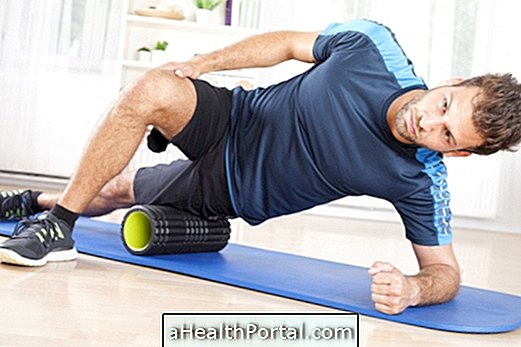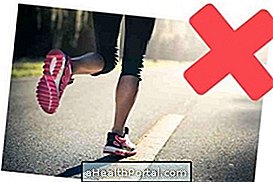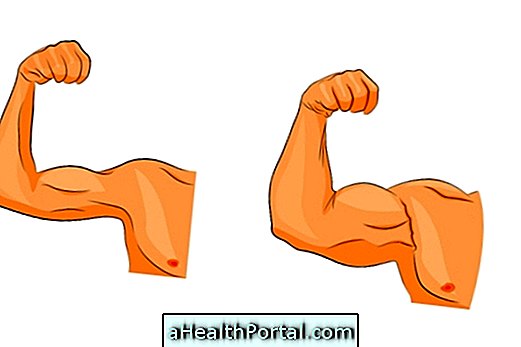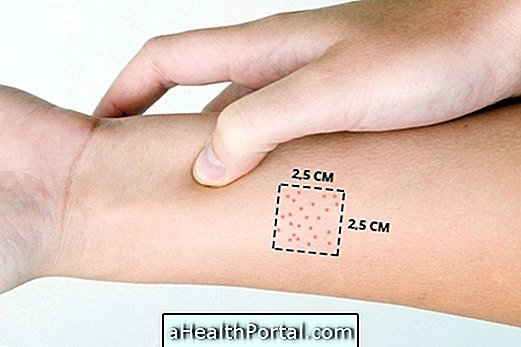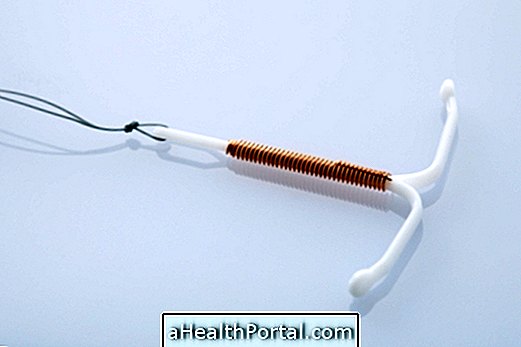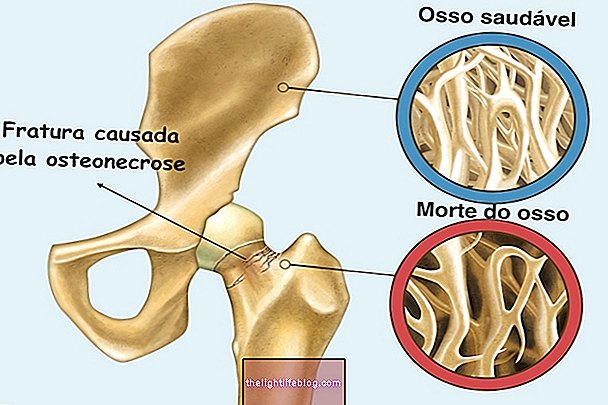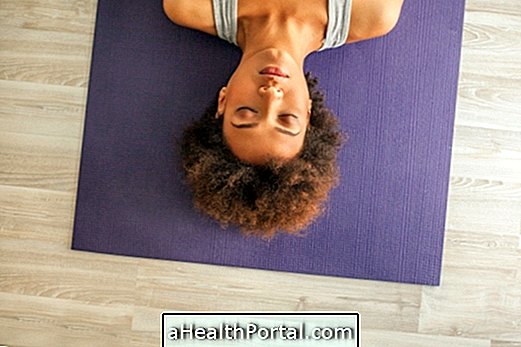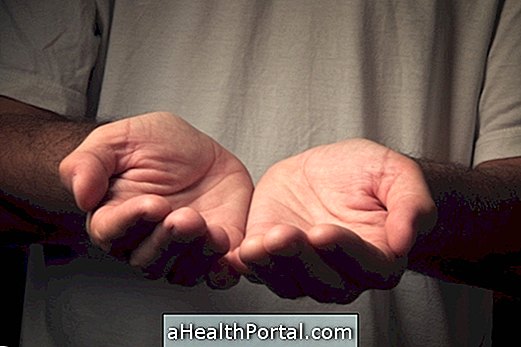Regular exercise brings a number of health benefits, such as weight control, lowering blood glucose, preventing cardiovascular disease, preventing osteoporosis and controlling cholesterol.
Ideally, physical activity should be guided and supervised by a physical educator, but it is also possible to start the exercises alone, as long as you follow important care to avoid injury and improve physical fitness without health risks.
Here are 7 tips for exercising alone.
1. Assess your health
Before starting any physical activity, even with professional guidance, it is important to go to the doctor assessing health and identify problems in joints and or diseases such as high blood pressure and diabetes.
In the event that health problems are present, the exercise should be supervised by a professional, who will indicate the type and intensity of the training, according to the state of health and goals of each.
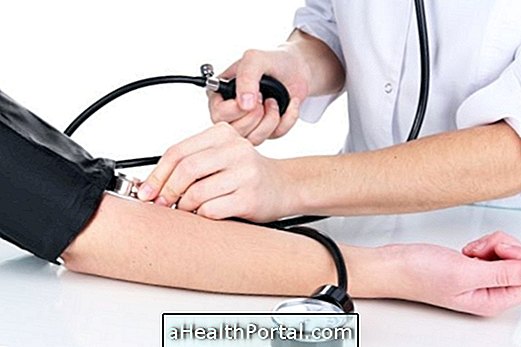
2. Choose suitable clothes and shoes
You should choose light and comfortable clothes to exercise, which allow free movement of the limbs and joints and allow the evaporation of sweat, important for maintaining a proper body temperature.
It is important to remember that wearing many layers of clothing to perspire more does not help lose weight, it only dehydrates the body and decreases the performance of the workout. In addition, the weight lost in sweat is quickly recovered next, with the normal intake of fluids and food.
The shoes should be chosen according to the activity to be done, and should preferably be lightweight, with shock absorbers to absorb the impacts and made according to the type of footprint, which depends on the shape of the foot and how it touches the ground. See How to choose the best sneakers.
3. Heat and Disable
Warming up before starting the workout is important to prepare the muscles for a more intense activity, by increasing the body temperature and blood circulation, avoiding injuries and increasing the performance of the workout.
The warm-up should last between 5 and 10 minutes, and some examples of activities that can be done to activate the whole body are walking, cycling, skipping rope or scrubbing powder, and it is important to start the most intense exercise right away, without letting the body cool again.
After completing the entire workout, you should do stretches to decrease your cramps and pain after exercise. Thus, the entire body, especially arms, legs, shoulders and neck should be lengthened to end the day of physical activity. See stretching exercises to do before and after the walk.

4. Choose location
For beginners who will exercise on the street and do activities such as walking or running, it is best to look for flat and regular terrain that allows a good footing to avoid injuries to the heel and knees.
For those who want to do activities with weight lifting, the ideal is to have quality equipment and be aware of the posture and movement of the joints.
5. Intensity, time and frequency of training
It is important that in the first days the activity is of light intensity, which should increase gradually according to the gain of resistance. Begin by using your own body weight in strength exercises or with accelerated walking helps strengthen muscles and prepare the body to increase intensity gradually.
In addition, the start of the workouts should be about 20 to 30 minutes, 3 times a week, every other day for the muscle to have time to recover. Each week you should increase the time to reach at least 30 minutes, 5 times a week, or 50 minutes, 3 times a week.
6. Posture
Being aware of posture helps prevent injuries especially in the ankles and knees, and it is important to keep your spine straight especially during weight lifting exercises.
In running and walking, one should make the last touching the ground with the heel and making the movement of the foot toward the toes, while the back should be upright but slightly inclined forward.

7. Be attentive to pain
Being aware of pain is important to avoid serious injury, and you should decrease the pace or load of the exercises and watch for pain. If you do not have relief, you should stop the activity and seek medical attention to see if there is any injury and its severity.
In addition, attention should be paid to heart and respiratory rhythm, and in cases of severe breathlessness or heart palpitations, it is recommended to stop the activity. Some mobile apps have the technology to evaluate heart rate and provide tips for maintaining regular workouts, and are good alternatives to aid in good exercise practice.
See more tips in:
- Racing - Know the main causes of pain
- Weight Training Walk
